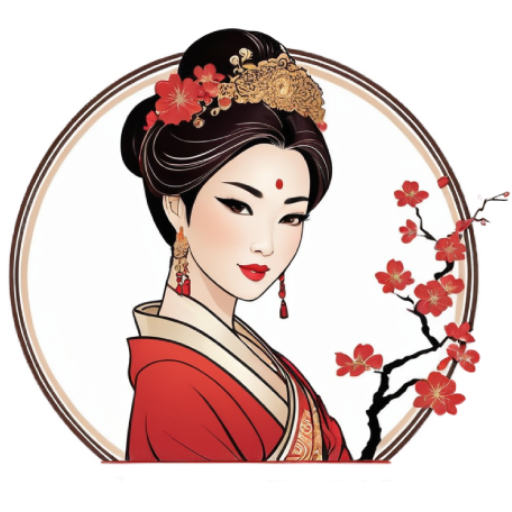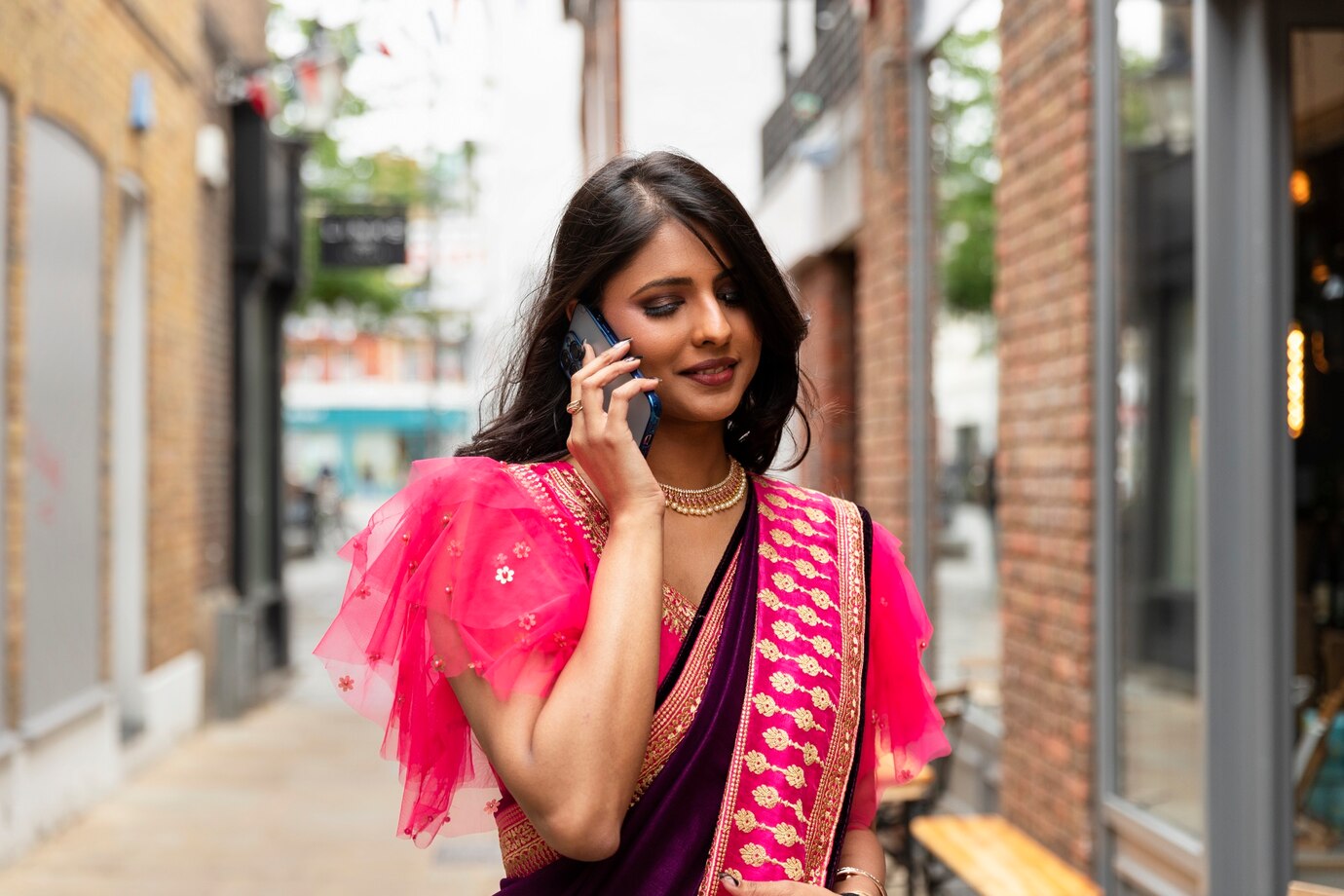Indian weddings are a celebration of love, family, and culture, and they encompass a wide range of customs and rituals that have been passed down for generations. These rituals not only add a sense of beauty and meaning to the wedding ceremony but also symbolize the deep-rooted values and beliefs of the Indian culture.
If you are an outsider, attending an Indian wedding for the first time can be overwhelming. With so many rituals, traditions, and customs, it can be challenging to keep up with everything that is happening. But don’t worry, this beginner’s guide will give you a brief overview of the most popular wedding rituals followed by Indian brides.
Pre-Wedding Ceremonies
The journey of an Indian wedding begins long before the actual wedding day. It is usually a series of events, customs, and traditions that kick off a few days before the wedding day. These pre-wedding ceremonies are a way of honoring and celebrating the bride buying in India and her impending nuptials.
Mehendi Ceremony
Mehendi or henna is an essential element of an Indian wedding. It is a paste made from dried henna leaves, which is applied on the hands and feet of the bride in beautiful designs. The Mehendi ceremony is typically a women-only event, where the bride’s hands and feet are adorned with intricate henna designs by a professional artist. It is believed that the darker the henna color on the bride’s hands, the more love and affection she will receive from her husband.
Haldi Ceremony
The Haldi ceremony is a pre-wedding ritual that involves applying a turmeric paste on the bride’s body. It is considered a purifying and beautifying ritual and is usually done by the women of the family. The Haldi paste is believed to bring a healthy glow to the bride’s skin, and it also signifies the purity and sanctity of the marriage.
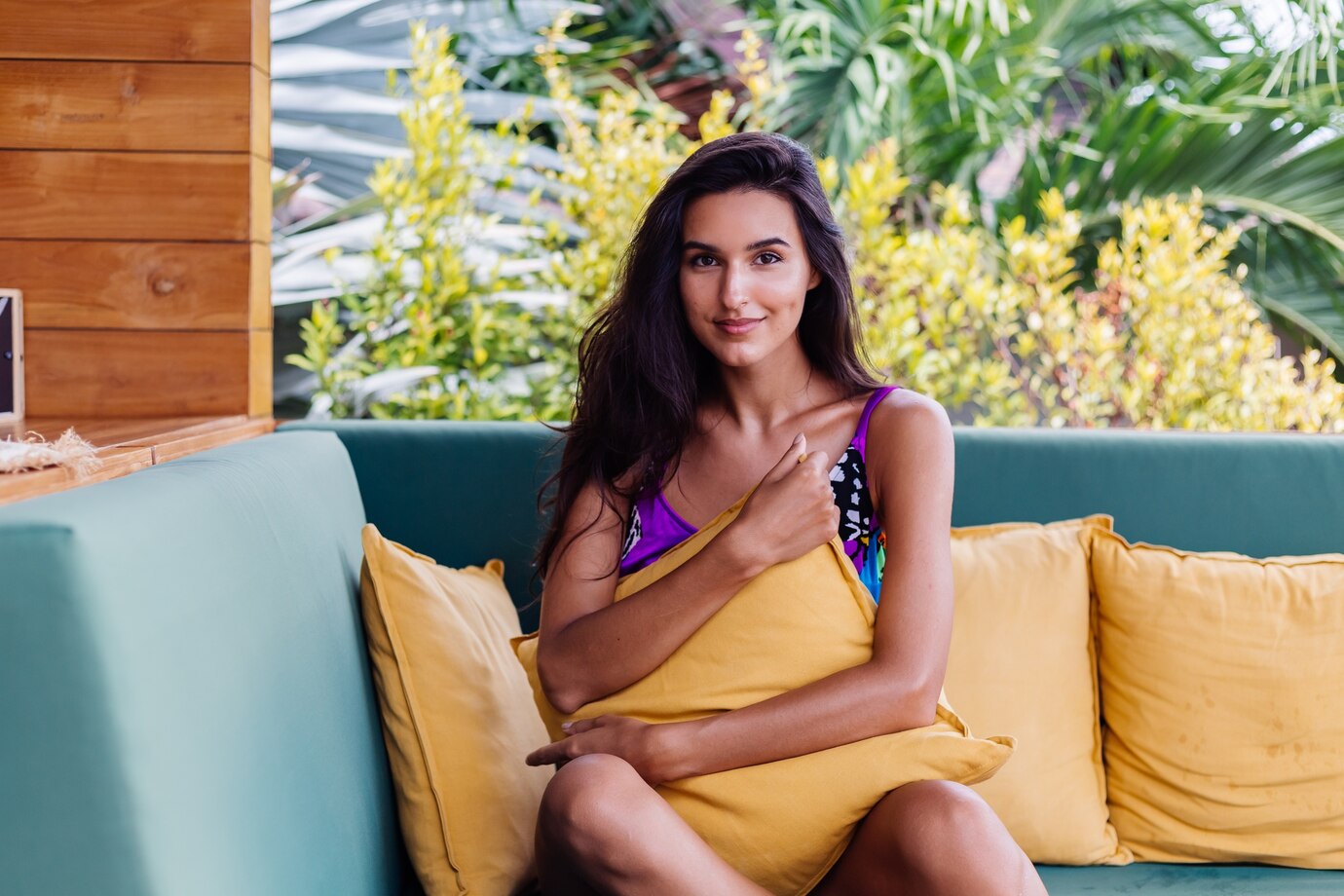
Sangeet Ceremony
The Sangeet ceremony is a fun-filled event where the families of the bride and groom come together to celebrate through music and dance. It is usually held a day or two before the wedding and is a way for the two families to bond and get to know each other. The bride and groom, along with their families, perform traditional dances and sing songs in anticipation of the wedding.
Wedding Day Rituals
The main wedding ceremony or the “Vivah Sanskar” is the highlight of an Indian wedding. It is a sacred ritual that symbolizes the union of two individuals and two families. The ceremony is a blend of elaborate rituals and customs that vary depending on the region, religion, and community. Here are some of the most popular wedding day rituals followed by Indian mail order brides.
Baraat
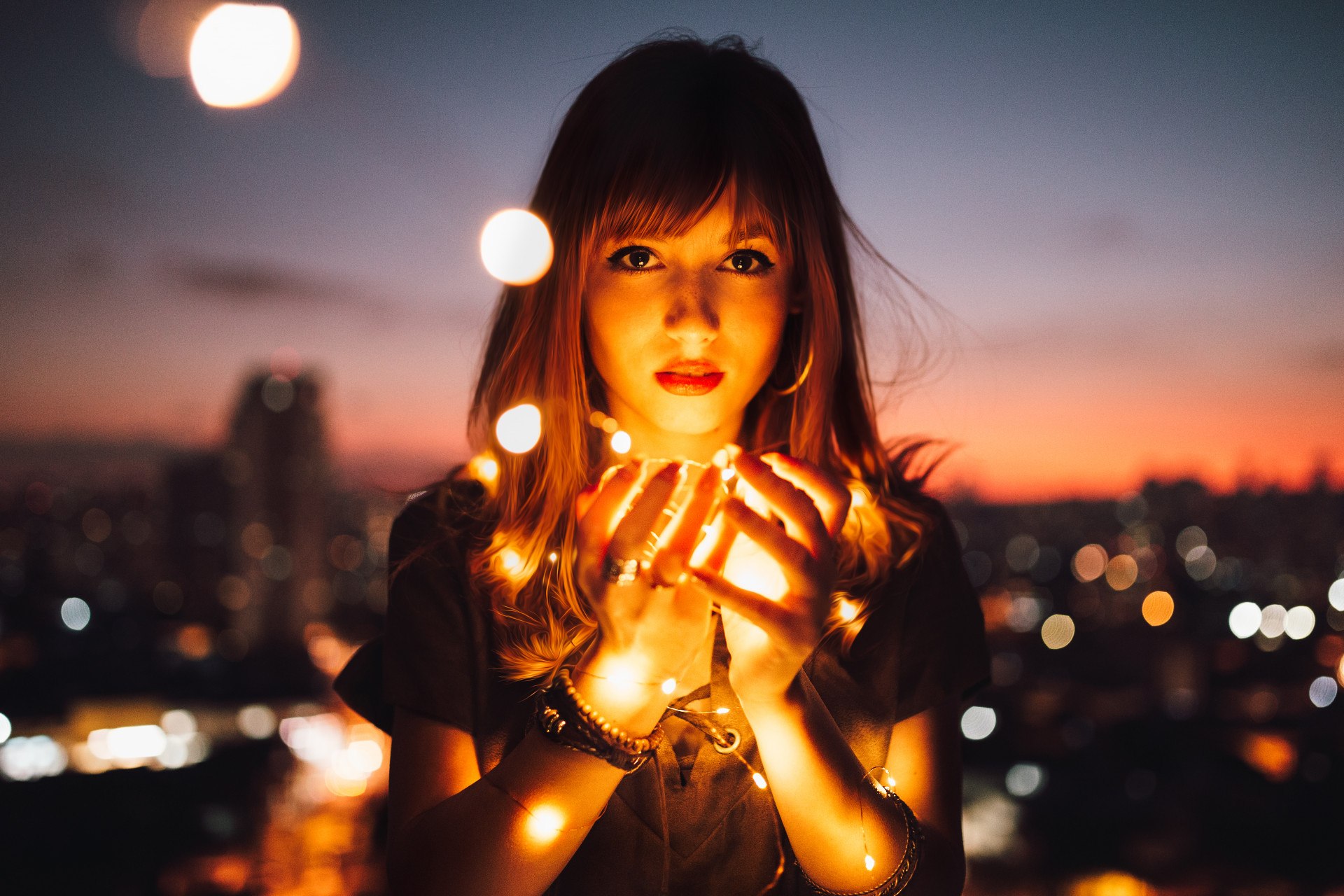
The Baraat is the groom’s grand entry to the wedding venue. He arrives on a decorated horse or an elephant, accompanied by his family and friends who dance to the beats of traditional songs. The Baraat symbolizes the groom’s joy and excitement as he makes his way to the bride’s home for the wedding.
Kanyadaan
Kanyadaan is a ritual where the father of the bride gives away his daughter to the groom, symbolizing the transfer of responsibility and guardianship. It is an emotional moment for the bride’s family as they bid farewell to their daughter, who is now beginning a new chapter of her life.
Mangalsutra and Sindoor
After the Kanyadaan, the groom ties a sacred thread called “Mangalsutra” around the bride’s neck, symbolizing their eternal bond. The groom also applies “Sindoor” (red vermillion) in the middle parting of the bride’s hair, which is a symbol of a married woman in Indian culture.
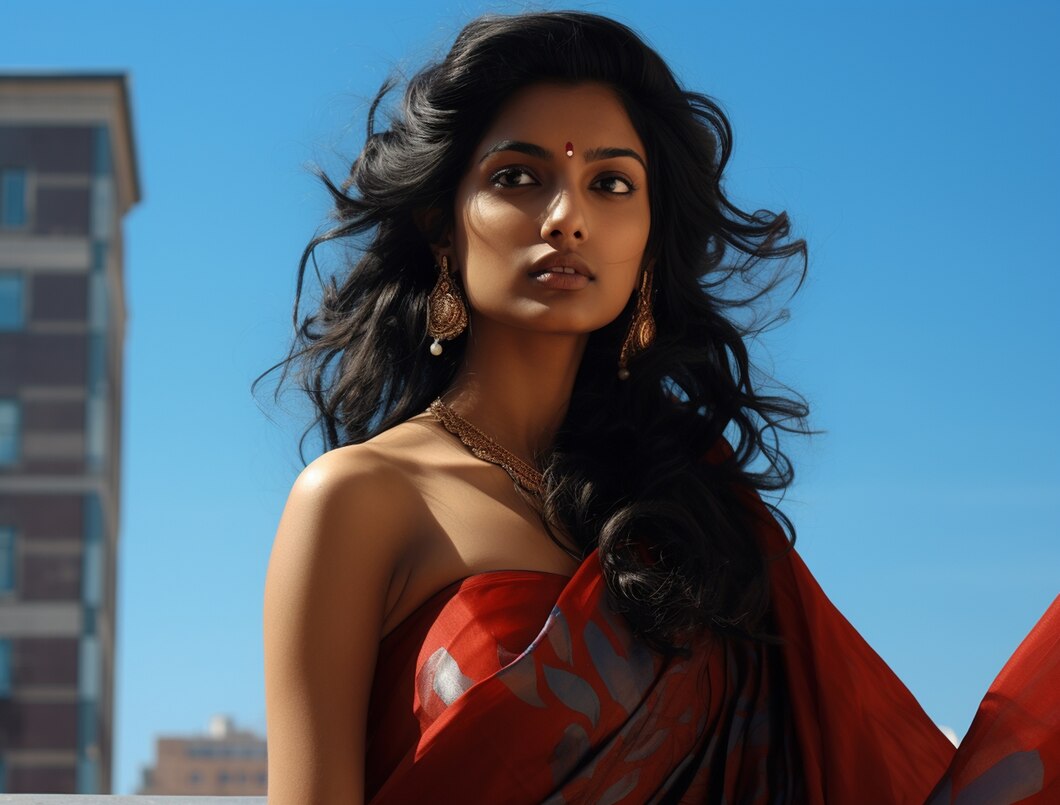
Seven Vows (Saptapadi)
The most significant ritual of an Indian wedding is the “Seven Vows” or the “Saptapadi.” This is where the bride and groom take seven rounds around the sacred fire while making seven promises or vows to each other. These vows are believed to be the foundation of a happy and successful marriage.
What are the key differences between a Hindu bride and an Indian bride?
Indian weddings are primarily associated with the Hindu religion. However, there are also Indian Muslims, Christians, Sikhs, and Buddhist weddings, each with its own distinct customs and rituals. On the other hand, Hinduism is the third-largest religion globally, with over a billion followers, mainly concentrated in India. Hindu weddings are characterized by its rich cultural and religious significance, with roots dating back thousands of years.
Dress and Attire
One of the most striking differences between a Hindu bride and an Indian bride is their attire. Hindu brides typically wear traditional sarees or lehenga, a long skirt paired with a blouse and a dupatta (scarf). These outfits are usually bright and vibrant, with intricate details and embellishments, symbolizing joy, prosperity, and good luck. In contrast, Indian brides often opt for a more modern and contemporary look, with a fusion of traditional and western influences. They may wear a lehenga, saree, or gowns in vibrant colors and with heavy embroidery or beading.
Bridal Jewelry
Another difference that sets Hindu brides and Indian brides apart is their choice of jewelry. Hindu brides adorn themselves with heavy and ornate gold jewelry, such as necklaces, earrings, bangles, and anklets, symbolizing prosperity and good fortune. They also wear traditional forehead jewelry called maang tikka and a nose ring, known as nath. Indian brides, on the other hand, often opt for pearls, diamonds, and other precious stones, along with gold, in their bridal jewelry. They also accessorize with bangles, anklets, and earrings, but in a more subtle and understated manner.
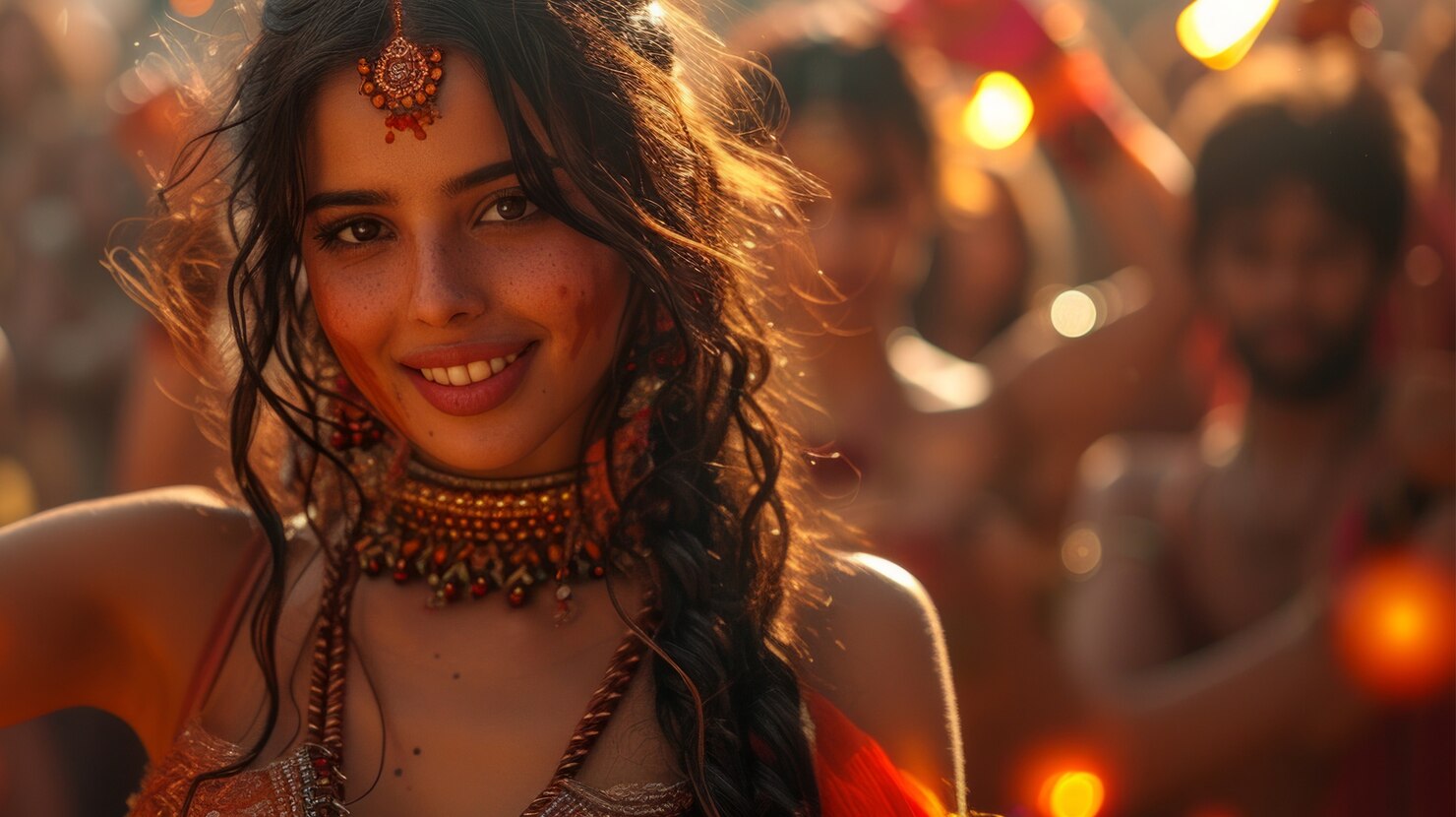
Mehendi (Henna)
Mehendi, or henna, is an essential part of both Hindu and Indian bridal traditions. It is a paste made from the henna plant, applied on the hands and feet of the bride, creating intricate designs that symbolize good luck, fertility, and protection from evil spirits. However, there are some distinctions between the mehendi of a Hindu bride and an Indian bride. Hindu brides’ mehendi typically covers their entire hands and feet, including the palms and fingers, while Indian brides’ mehendi covers only the tips of their fingers and the back of their hands.
Top 5 Indian Bridal Hairstyles That Will Leave You Mesmerized
In Indian culture, hairstyles hold a special place as they are seen as a symbol of femininity and grace. They not only add to the overall look but also reflect the personality of the bride. With that in mind, we have curated a list of the top 5 Indian bridal hairstyles that will leave you mesmerized on your big day.
The Classic Bun
The classic bun is a timeless and elegant hairstyle that never goes out of fashion. It is a perfect choice for south Indian brides who want to achieve a traditional yet sophisticated look. This hairstyle involves pulling the hair back into a low bun and accessorizing it with flowers or hair ornaments. The trick to achieving the perfect bun is to have a good base. Make sure to use a hair donut or padding to add volume and shape to your bun. You can also add braids or twists to make it more intricate and personalized.
The Royal Braid
Braids have always been an integral part of Indian culture, and they continue to be a favorite among brides. The royal braid is a fusion of different types of braids, such as fishtail, French, and Dutch, which create a stunning and intricate look. This hairstyle is perfect for brides who want to make a statement and add a touch of royalty to their look. The braid can be accessorized with flowers, jewels, or even pearls to make it look even more regal.
The Side-Swept Curls
For brides who want to keep their hair open, the side-swept curls are a popular choice. This hairstyle is perfect for those with long locks and adds a touch of glamour to the overall look. The hair is curled and swept to one side, and can be accessorized with flowers, a hair clip, or a tiara. This hairstyle is versatile and can be customized to suit different face shapes and hair textures. It is a perfect choice for brides who want a romantic and dreamy look.
The Floral Braid Crown
Flowers are an essential part of Indian weddings, and incorporating them into the hairstyle can enhance the beauty of the bride. The floral braid crown is a popular hairstyle among brides who want to achieve a bohemian or rustic look. It involves creating a braid and adorning it with fresh or artificial flowers. This hairstyle is perfect for outdoor weddings or beach weddings and adds a touch of nature to the overall look.
The Half-Up Half-Down Drape
The half-up half-down drape is a trendy and modern hairstyle that is perfect for brides who want to achieve a fusion look. This hairstyle involves leaving the hair down and loosely pinning up the top section of hair. It can be accessorized with a maang tikka or a headpiece to add a touch of tradition. The rest of the hair can be styled in loose curls or waves to add volume and texture. This hairstyle is effortless, chic, and looks stunning on all face shapes.
